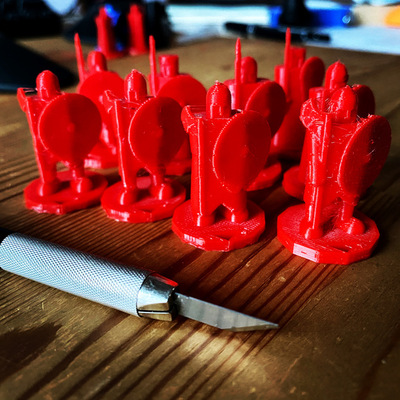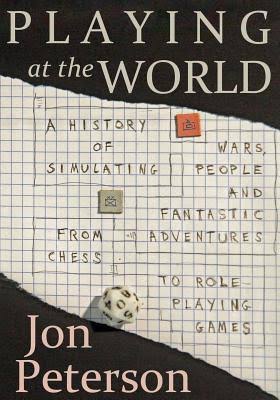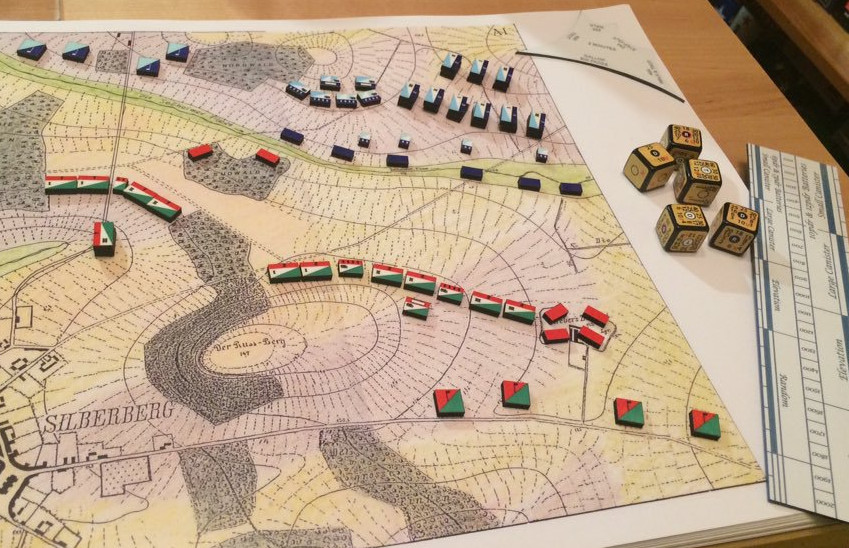
|
One Sided Games |
| 2021-12-28 |
One Sided Games

I'm at page 275 of Playing at the World. A paragraph and the note attached to it caught my attention.
Jon Peterson writes:
The American military wargaming tradition begun by Livermore and Totten continued in the early twentieth century as well, and occasionally these efforts received wider publicity. Captain Farrand Sayre of the Army Staff College at Fort Leavenworth published in his Map Maneuvers (1908) an account of kriegsspiel thoroughly versed in the advances of Meckel and Verdy du Vernois. Aside from giving a cursory history of the evolution of wargames, it provides an overview of the post-1900 work of Immanuel and General von Litzmann fo the German Staff College. Sayre's treatise is especially notable for its mention of "one sided" wargames, tutorial games in which the umpire, rather than another player, controls the enemy forces in addition to administering the game; one-sided exercises remained a fixture of American military training into the 1960s.
The author, at that point, notes:
Sayre's account of "one sided" games is obviously inspired by a particular piece of prior work, from which he includes a lengthy citation: an article on this subject in the Revue Militaire Générale of March 1907 entitled "Une Manoeuvre sur la Carte", attributed only to a Commander S. The author of that piece observes that in two-player games, "the exercise progress so slowly that the interest in them is often lost... Like two students of the art of fencing who have been permitted too early to fence freely with each other, the two sides slash away without learning anything... In studying tactics it is necessary to practice with the instructor for a long time — that is to say, to handle one force at a time. The enemy is handled by the instructor."

The referee controlling the opfor and administering the game is what we know well in TTRPGs although they derive from hobby wargames and not directly from military wargames.
The Commander S observation in the note with his fencing students allowed to spar too early reminds me of white on white fights which stay at the strength contest level and where techniques are not deliberately applied. Controlled sparring against higher level fighters is necessary. It's sometimes a dangerous job for the instructor, getting injured by a clueless white belt is not a desirable outcome.
A good portion of the officer school as I experienced it was devoted to learning how to lead squad level exercises. Effectively a gamemaster school. The emphasis was on teaching standard behaviours and then exercising the squad leaders, granting them small then large victories and ultimately feeding them dilemmas and hoping for the best. The key takeaway was that each leader is responsible for training their immediate subordinates. Suspension of disbelief was a bit hard to achieve at times, especially when it was heavily snowing.
A "one sided" game, that is an interesting way to call it.
Scenario inspiration: the party is hired to escort a convoy, but in fact they are hired as a cheap and expandable opposing force for a military exercise...
Scenario perspiration: one of the player character breaks their leg mid-dungeon. The two ten feet poles get converted to a stretcher. The exit isn't that far...
Wargame link: Pacific Wargaming where Colonel Goya explores the impact of wargaming on the war in the pacific.
